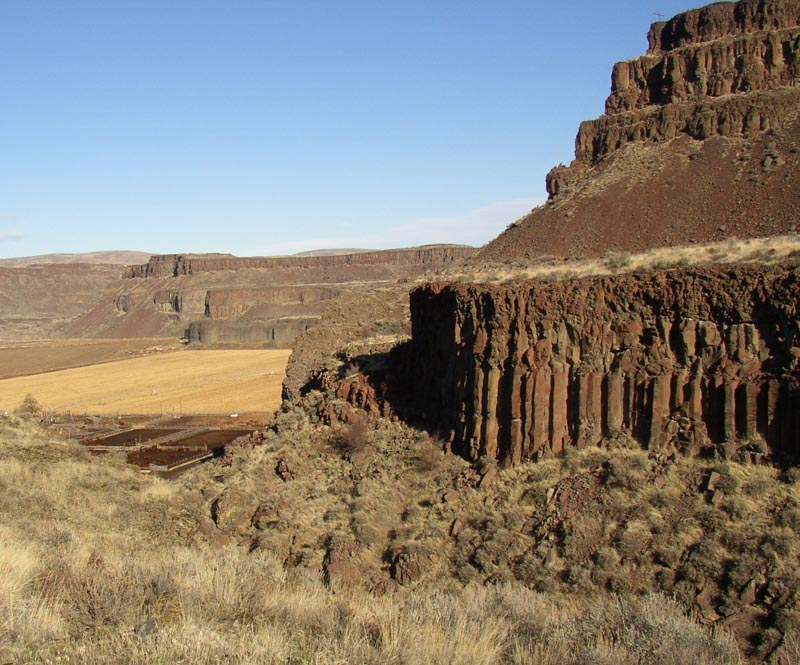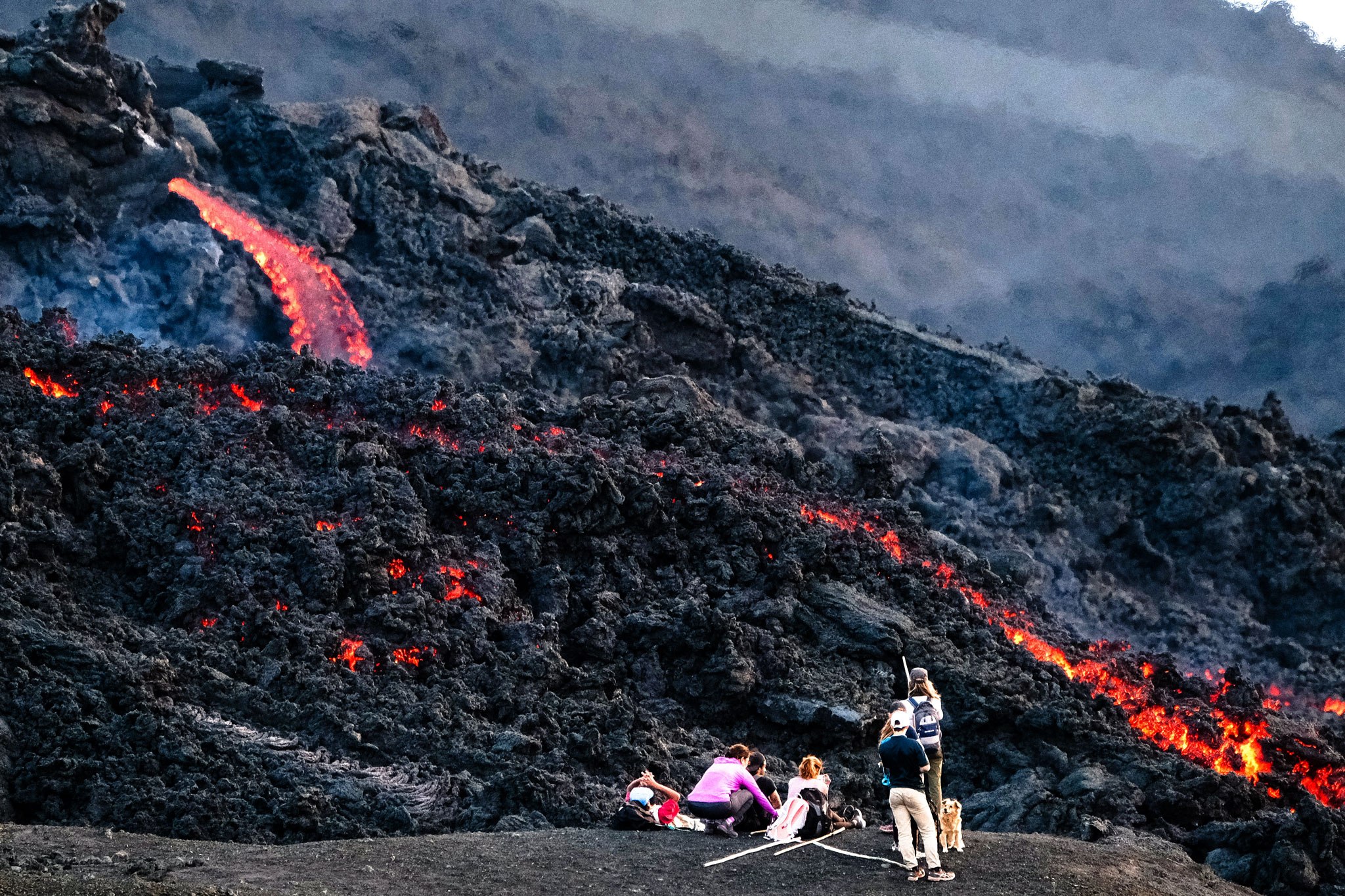The role of volcanoes in climate change and great extinctions
Esther Lasheras Adot, University of Navarra
Beyond the obvious risk to the population posed by a volcanic eruption, the release of magma to the earth’s surface has implications for biodiversity that go far beyond the geological risk itself.
Let’s take a recent example. Iceland is an area in the earth’s crust where magma continually escapes due to the extraordinary coincidence of two igneous manifestations that have taken place in that area of the North Atlantic. On the one hand, the emission of magma in the mid-Atlantic ridge, which separates the North American and Eurasian tectonic plates by about 2 cm a year. On the other hand, the departure in the Cenozoic of a large mantle plume –exit of molten material from the mantle and reaching the earth’s crust–.
Recall, the eruption 11 years ago of an unpronounceable volcano in Iceland, the Eyjafjallajökull, which caused a notable impact on air traffic throughout Europe due to the formation of clouds of ash and gases that spread across the continent.
Apart from the economic losses that the phenomenon entailed for air traffic, tourism, commerce and local industry, the deposit of the ashes on land produced contamination of the aquifers (especially by fluorine) and a rapid proliferation of plankton in the ocean.

Panoramic view of the Eyjafjallajökul volcano eruption on April 17, 2010. Wikimedia Commons/Boaworm, CC BY-SA
However, despite the tremendous effects it caused, the Eyjafjallajökull eruption can be considered, in fact, small in terms of magma volume if we compare it with the huge outflows of this material that took place during the formation of the so-called great igneous provinces. (GPI). These were formed by the accumulation of igneous rocks from immense mantle plumes that emit an extraordinary amount of magma to the surface. Thus, they generate vast extensions where the basalts (very basic mantle magmas) are arranged to form large underwater plateaus, when they are located in the oceanic crust (Kerguelen plateau, Seychelles) or large plateaus in continental crust, as in the case of the basalts of the Deccan (India), Siberian traps or stairs or platform basalts on the Columbia River (USA).
Cause of major extinctions
Since none of our hominid ancestors has ever coexisted with the release of such a colossal amount of magma, we have no data about what would happen to humans in that situation. However, it is easy to predict that it would be something catastrophic that would leave the current (and terrible) climate change that we are currently experiencing in almost anecdotal detail.
As in many disciplines in Geology, we only have to look back and see what happened to other species when the main manifestations of these large mantle feathers occurred. In this sense, its correlation with the 5 great extinctions produced throughout the history of the planet is known. The reason is quite obvious: an eruption of these characteristics would cause changes of such magnitude in the atmosphere that it would not only darken it for years but would even modify its composition.
n addition to the damaging effects caused by the gases emitted (due to the direct toxicity of compounds such as SO₂ or even Hg), the ash expelled in the eruption would produce global cooling as a consequence of the decrease in incident radiation. To this should be added other effects such as the destruction of the ozone layer (a consequence of the emission of halogenated compounds) or the acidification of the environment as a result of the emission of sulfur compounds. All of this would impede the development of plant life and lead to a massive loss of species.
The last great extinction (the 5th), produced 65 million years ago coinciding with the famous Cretaceous-Tertiary limit, caused the disappearance of 75% of the planet’s species, including dinosaurs. The currently most widely accepted hypothesis establishes that this extinction was produced by the change in the climate produced by the impact of a large meteorite in the area of Mexico. However, coinciding with that moment, the Deccan basalts were emplaced in India. This has led part of the scientific community to postulate that it could be the combined effect of both catastrophic events that caused the disappearance of the dinosaurs.

Overlapping basalt streams in the basalt massif of the Columbia River (Washington, USA). Wikimedia Commons
Could it happen again?
We could ask ourselves if a magmatic manifestation of these dimensions is currently possible. The answer is that it is not possible to know. One of the largest magmatic chambers underlying the earth’s crust is Yellowstone. It is, according to the US Geological Survey, a size of 40 by 90 kilometers. This magmatic manifestation seems to be heir to the one that gave rise to the placement of the basalts of the Columbia River, which has been migrating towards this area due to the movement of the tectonic plates. Despite being so heavily monitored, its large-scale surface emergence cannot be predicted.
Esther Lasheras Adot, Professor of Geology and Crystallography and Mineralogy. Faculty of Sciences, University of Navarra
This article was originally published on The Conversation. Read the original.
